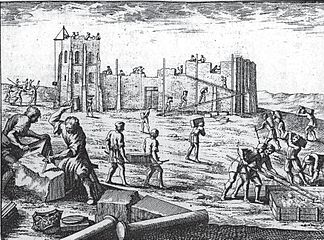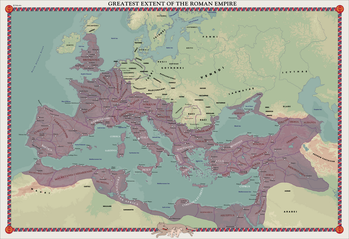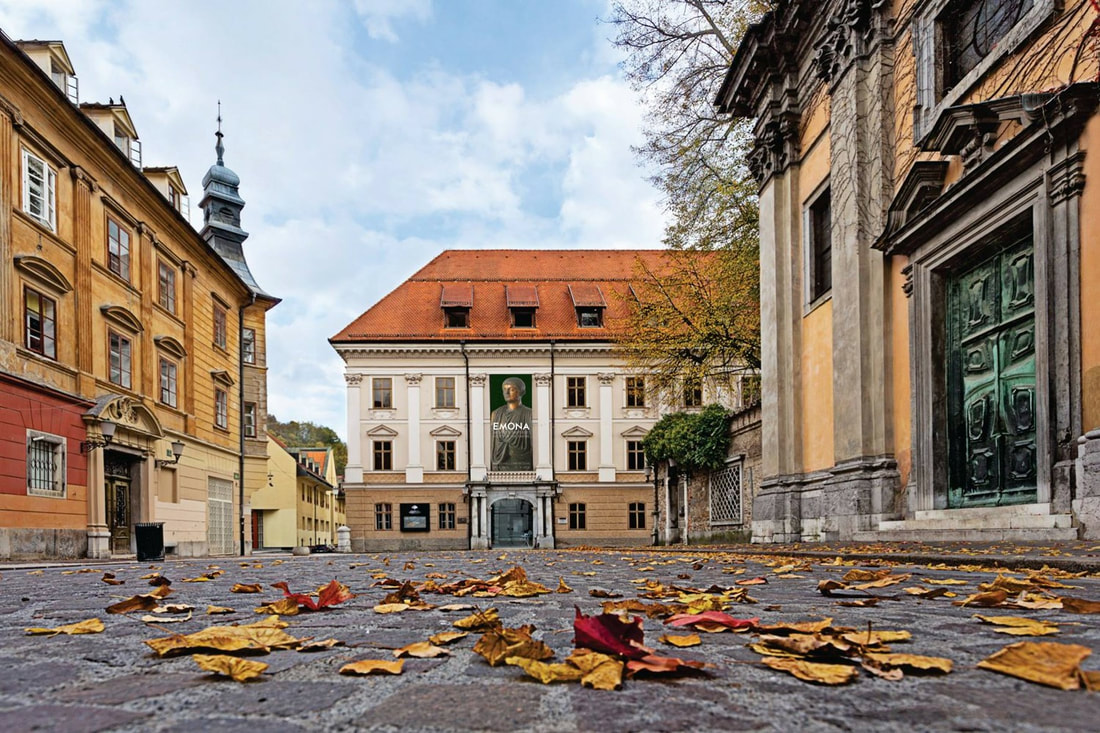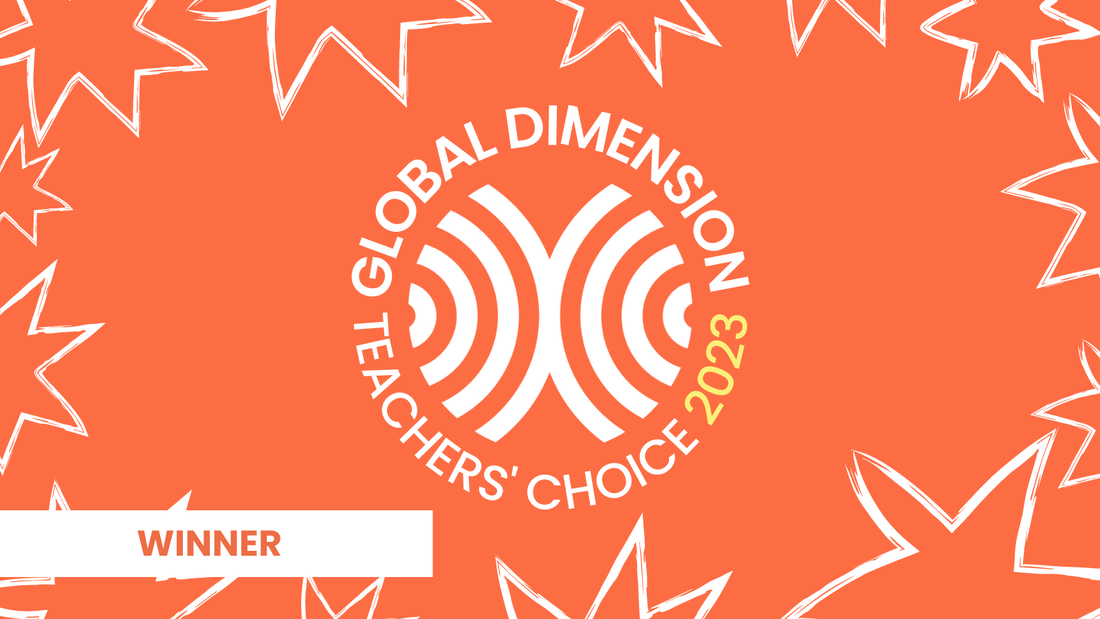© Global Education Derby 2020. All rights reserved. The In Others' Shoes resources are copyright but may be reproduced by any method without fee for teaching purposes.
For copyright in any other circumstances, for re-use in other publications or for translation or adaptation, written permission must be obtained from Global Education Derby: http://www.globaleducationderby.org.uk/contact.html
Global Education Derby is a Registered Charity No. 1049591 and a Company Limited by Guarantee registered in England & Wales No. 2642026.
For copyright in any other circumstances, for re-use in other publications or for translation or adaptation, written permission must be obtained from Global Education Derby: http://www.globaleducationderby.org.uk/contact.html
Global Education Derby is a Registered Charity No. 1049591 and a Company Limited by Guarantee registered in England & Wales No. 2642026.
|
Multicultural Roman Empire
|
| ||||||
Title of Lesson |
Time Required |
Age Range |
Resources required |
Multicultural Roman Empire |
3 hours |
7+ |
Internet, sheets of paper, pens, a museum |
Lesson Objective |
Knowledge and Understanding (Global Theme covered) |
Global Skills covered |
Global Values and Attitudes covered |
To learn about the far reaching links the Roman Empire had in the past |
Identity and diversity Globalisation and interdependence |
Critical and creative thinking Communication |
Value diversity |
-
Introduction
-
Main Activity
-
Plenary
-
What were the Outcomes?
<
>
At it's height the Roman Empire covered a vast area of Europe, North Africa and the Middle East - this inevitably led to trade routes, communications and the mixing of cultures - although this aspect is often overlooked. This activity builds on this concept from the perspective of Robin who teaches in Ljubljana, Slovenia. It includes fieldwork at a museum.
A few years ago, in 2014, we celebrated the 2000th anniversary of the Roman Emona's foundation, the predecessor of modern day Ljubljana. I decided to review their knowledge of Roman Emona with the students in our group with the focus on multi-ethnic and multicultural aspects . I asked students Do you eat and drink imported food or drinks? Why do you eat them/drink them? Do your parents drink coffee? Where does it come from? Do you eat bananas? Where do they come from? Are Lidl shops Slovenian-owned or not? Which grocery store chains are Slovenian owned etc.?
I asked them to write down 5 items of food or drink they consumed and which were not grown in Slovenia. This proved to be interesting as it showed differences between consuming more local food versus more international food.
We discussed every day things and students recognised many things we take for granted in our daily lives are from various parts of the world.
A few years ago, in 2014, we celebrated the 2000th anniversary of the Roman Emona's foundation, the predecessor of modern day Ljubljana. I decided to review their knowledge of Roman Emona with the students in our group with the focus on multi-ethnic and multicultural aspects . I asked students Do you eat and drink imported food or drinks? Why do you eat them/drink them? Do your parents drink coffee? Where does it come from? Do you eat bananas? Where do they come from? Are Lidl shops Slovenian-owned or not? Which grocery store chains are Slovenian owned etc.?
I asked them to write down 5 items of food or drink they consumed and which were not grown in Slovenia. This proved to be interesting as it showed differences between consuming more local food versus more international food.
We discussed every day things and students recognised many things we take for granted in our daily lives are from various parts of the world.
I asked them: What about ancient Romans? Did they only consume local food and drinks? Did they buy only local produce or did they import things from elsewhere? Were the inhabitants of Emona of different nationalities like today's Ljubljana? Who lived there before the Romans?
We researched the questions first with the help of some books and the internet.
Who were the pre-Roman inhabitants of the later Emona? ( Venetic and Celtic people as epigraphic evidence of some tombstones from ancient Emona showed)
Where did Romans in Emona come from? ( From the Northern Italy)
Did ancient Greeks also had contacts with the area of Ljubljana ( Yes, according to one of the legends , Emona was founded by Jason, when he travelled with his Argonauts through the country, and was named by him in honour of his Thessaly homeland in Greece)
For Emona’s multicultural connections we saw proofs when visiting the museum.
Questions were asked such as, If you were a Roman, would you travel to distant countries?
What would you buy there and import to Emona?
If you were an affluent Roman lady, would you wear silk clothes and colourful eastern gemstones in your golden rings?
Among Roman Emona’ s finds were:
- the remains of silk from China, a gold ring with beads from Sri Lanka
- a gladiator’s vessel imported from Alexandria, Egypt, with a motif of “venatio” ( hunting and killing of wild animals)
- a bronze vessel with enamel inlay from the northern cemetery of Emona made in either UK/France
- an altar to Egyptian God Serapis
- golden coins of the Emperor Magnentius, the Roman emperor of Germanic origin
- amphorae(tall jugs with handles) from Northern Africa
We concluded that good Roman roads and sea connections enabled long distance trade as well as the spread of religious ideas.
We discussed what we saw in the museum and on the internet.
The students noticed the difference between the present and the past in that nowadays imports from far away countries tend to be much cheaper ( e.g. cotton and other clothes made in Bangladesh and elsewhere) than they were in the Roman times ( Chinese silk was an item of luxury in Roman times and was accordingly expensive).
The difference was also that the Americas were not known of in the Roman times, so Romans surely missed potatoes, tomatoes, corn, beans, cocoa/chocolate etc.
We also discussed the courage of Roman and other traders as the only means of transport in those times were ships and horses/camels and shipping goods took months then.
The students noticed the difference between the present and the past in that nowadays imports from far away countries tend to be much cheaper ( e.g. cotton and other clothes made in Bangladesh and elsewhere) than they were in the Roman times ( Chinese silk was an item of luxury in Roman times and was accordingly expensive).
The difference was also that the Americas were not known of in the Roman times, so Romans surely missed potatoes, tomatoes, corn, beans, cocoa/chocolate etc.
We also discussed the courage of Roman and other traders as the only means of transport in those times were ships and horses/camels and shipping goods took months then.
Students learned that globalisation was already present in ancient times in Roman Emona. They learned to appreciate diversity and interconnectedness in their everyday lives. It also raised their awareness about various issues including how change and continuity can be seen over time.
They were more able to interrogate evidence, such as photographs and objects, for clues about the past and developed a more questioning approach to sources of information and their own assumptions about life in the past.
They were more able to interrogate evidence, such as photographs and objects, for clues about the past and developed a more questioning approach to sources of information and their own assumptions about life in the past.
Lesson submitted by Robin Dewa, Slovenia







